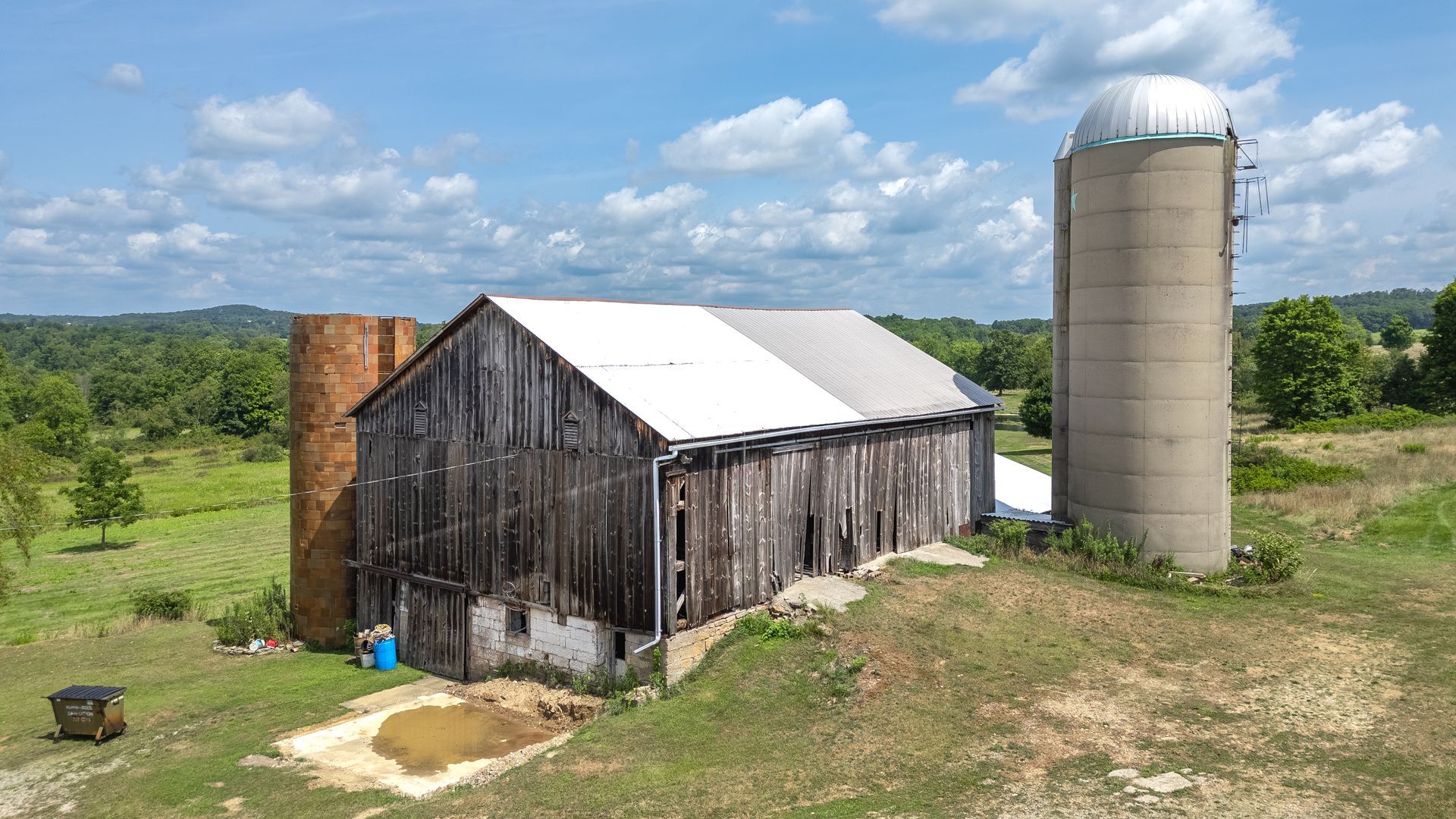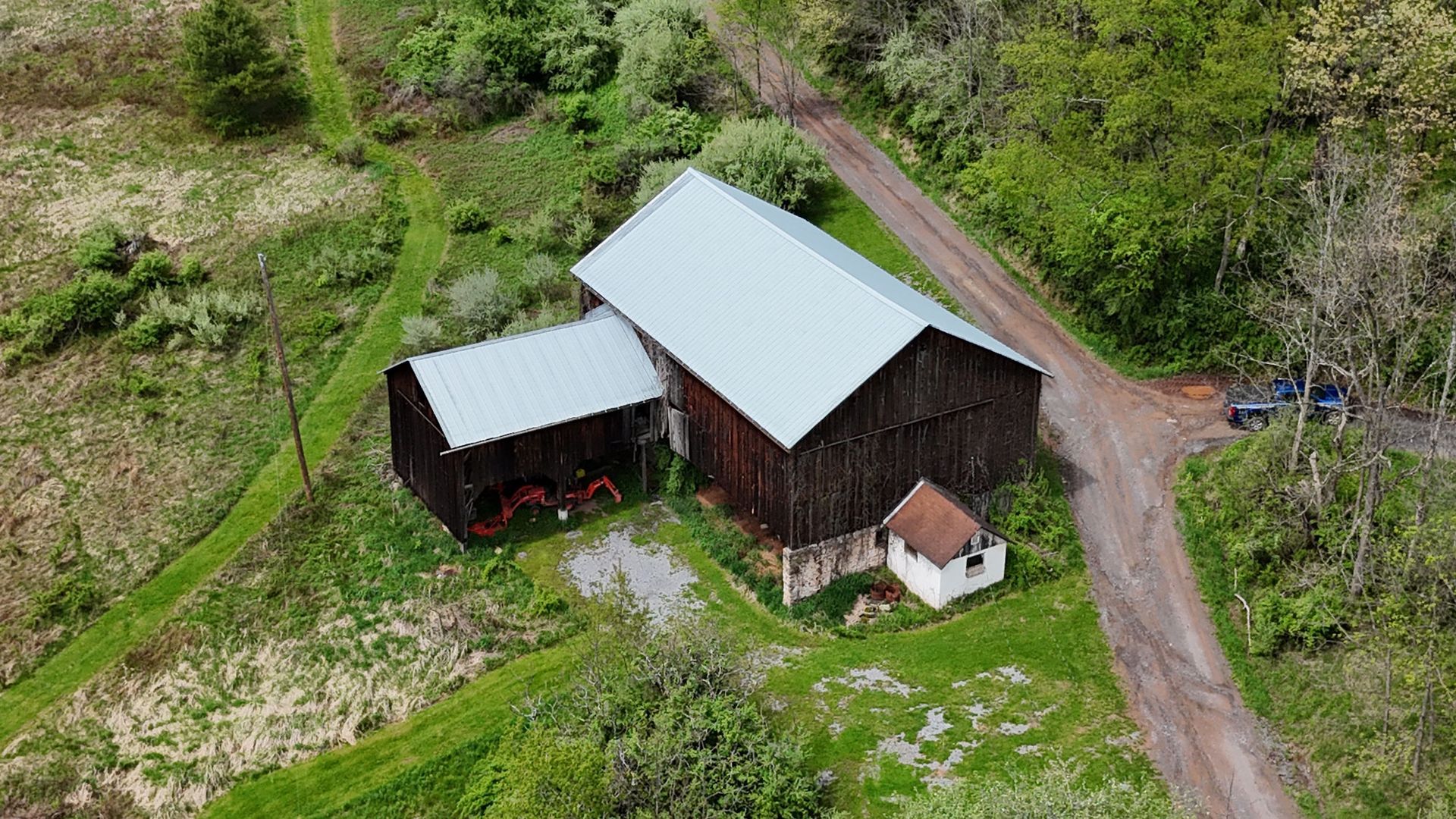Want an Antique Barn? Here’s Your Acquisition Process Guide
Step-by-Step Guide to Owning Your Dream Antique Barn

Antique barns have a charm all their own. Their weathered wood tells stories of America’s past, and their sturdy craftsmanship has lasted for generations.
If you’re drawn to these timeless structures, buying one takes more than just clicking a “barn for sale” ad. Here’s a simplified step-by-step guide to help you start the process.
Why Choose an Antique Barn?
Antique barns are special for good reasons:
- Unique Style: Each barn has its own handcrafted details and aged look that you can’t recreate.
- Built to Last: These barns have already survived for decades or even centuries.
- Eco-Friendly: Reusing old wood is better for the environment and preserves rare, old-growth timber.
- Historical Value: Owning one means you’re taking care of a piece of history.
How to Get Started
1. Know What You’re Looking For
Before you start searching, think about your needs.
- What size barn will fit your property and purpose?
- Do you prefer a certain style, like New England barns or Midwest prairie designs?
- When do you need it completed?
- What’s your budget, including buying the barn, moving it, and putting it back together?
Having a clear plan from the start makes everything easier.
2. Where to Find Antique Barns
There are several ways to find antique barns:
- Specialist Companies: These experts, like Bay & Bent, handle all the tricky parts, from finding the barn to preparing it for reuse.
- Private Sellers: Sometimes, property owners sell old barns they no longer need.
- Salvage Companies: Businesses that focus on old building materials might have barn parts available.
- Online Listings: Websites often list historic barns for sale.
Working with specialists is usually the easiest way to go, but it might cost a bit more than buying directly from a landowner.
3. Check the Barn’s Condition
When you find a barn you like, it’s important to inspect it closely. Look for:
- Strong Structure: Are the beams in good shape, or is there major damage?
- Wood Type: Some types of wood are more durable and beautiful than others.
- Craftsmanship: Pay attention to how the barn was originally built.
- Completeness: Are all the important parts, like timbers and joinery, still there?
- Size: Does it match your needs?
- History: Learning the barn’s age and past use adds to its value.
If you’re unsure, hire an expert to help. They can catch issues you might miss.
4. Carefully Take the Barn Apart
Taking down an antique barn is a careful process to keep everything intact.
- Document Everything: Photograph and label each piece to make reassembly easier.
- Reverse Assembly: Take it apart in the opposite order in which it was built.
- Protect the Joints: Special care is needed to save the hand-carved connections.
- Handle the Wood with Care: Don’t allow the timbers to crack or split.
- Prepare for Transport: Securely bundle the wood for safe moving.
This step usually takes weeks and requires skilled workers with the right tools.

5. Plan for Moving and Storage
Once the barn is dismantled, it needs to be moved to:
- The Final Location is ready for rebuilding.
- Storage if you need more time before reconstructing.
- A Restoration Facility where repairs and prep can happen.
The cost of moving the barn depends on the distance, weight, and special handling needs. Wherever it’s stored, make sure the wood is safe from moisture, pests, and improper stacking.
6. Repairs and Upgrades
Most barns need some fixing before they’re rebuilt.
- Replace damaged beams.
- Strengthen the joinery that’s worn out.
- Adjust parts to meet modern building codes if necessary.
- Add materials like siding or roofing to complete the structure.
Knowing what repairs are needed early on helps with budgeting.
7. Reassemble Your Barn
Rebuilding your barn is the final and most exciting step.
- Pick the right spot on your property with good access and a strong foundation.
- Get permits and approvals from local authorities.
- Hire builders who know how to work with historic structures.
- Set a reasonable timeline, keeping weather in mind.
- Create a detailed budget for this phase.
Is an Antique Barn Right for You?
Buying an antique barn requires time and effort, but it’s worth it for those who love history, quality, and sustainability. These structures connect you to America’s past and can’t be matched by anything new. With good planning and expert help, the process can be rewarding and even enjoyable.
Specialists like Bay & Bent make the process much easier. We do everything from finding the barn to taking it apart, repairing it, and prepping it for its new home. Our expertise ensures that your barn will be carefully handled and can be rebuilt with its original beauty and character.









